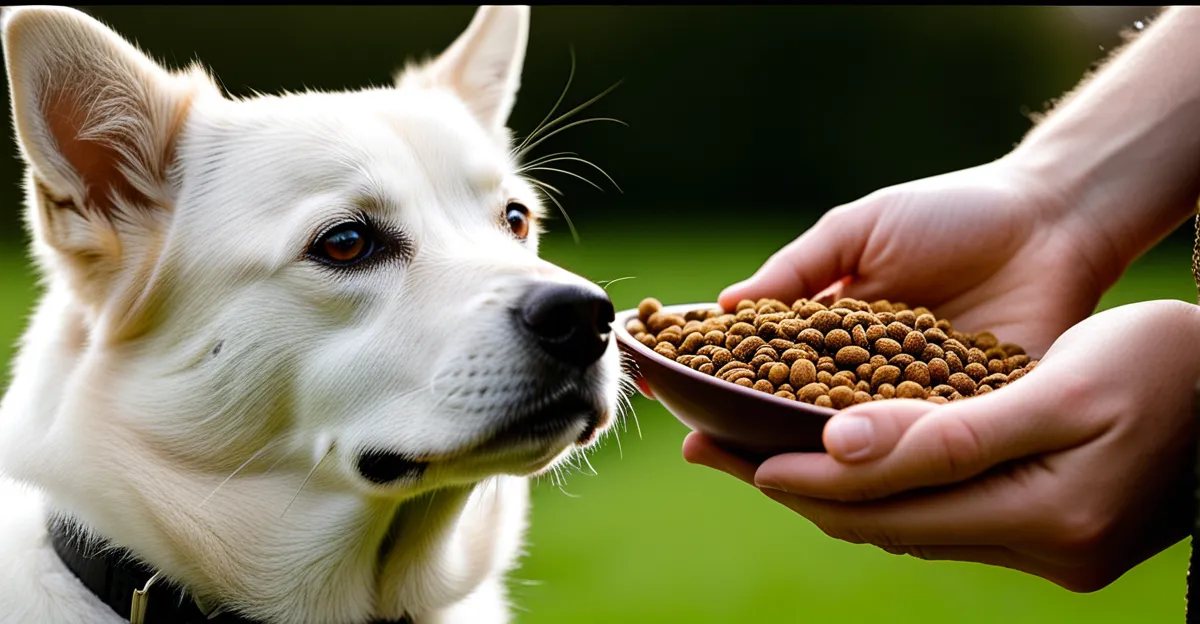Key Statistics and Trends in UK Pet Ownership
Recent UK pet ownership statistics reveal a clear upward trajectory in the number of households welcoming pets. This growth in UK pets reflects evolving lifestyles and increased appreciation for animal companionship. Over the past several years, more families and individuals have integrated pets into their homes, signaling a meaningful shift in domestic environments.
In terms of pet ownership trends UK-wide, dogs and cats remain the most popular types of pets, but there has also been a notable rise in ownership of smaller pets such as rabbits and birds. The demographics of pet ownership are broadening, with a rising number of younger adults and urban dwellers opting for pets that suit their living spaces and schedules. This diversification underscores a changing landscape from previous years’ ownership rates, which predominantly favored traditional pets in suburban or rural households.
Topic to read : How Can UK Pet Owners Ensure Their Pets Thrive in Urban Environments?
Comparing current data to historical figures highlights a significant increase in pet ownership frequency, partly driven by changing social values and an enhanced awareness of the emotional and mental health benefits pets provide. This trend is projected to continue, indicating sustained growth in UK pet ownership and a dynamic shift in the types and purposes of pet companionship.
Lifestyle Shifts and Societal Influences
Changing family dynamics and evolving lifestyles across the UK have significantly influenced pet ownership patterns. One of the critical lifestyle changes UK-wide is the growing prevalence of work-from-home arrangements. This flexibility allows individuals and families to dedicate more time and attention to pets, fostering a conducive environment for adopting and caring for animals. Consequently, pet ownership trends UK show a rise in households with pets suited to indoor and adaptable lifestyles.
In the same genre : What should I know about UK pet vaccinations?
Urban living pet ownership has also transformed traditional notions of pet companionship. In densely populated cities where space is limited, smaller, low-maintenance pets have become increasingly popular. This shift aligns with the broader growth in UK pets that cater to urban dwellers’ needs. People living in flats or smaller homes often choose animals like cats, rabbits, or certain dog breeds that thrive in confined spaces.
Moreover, changes in family structures such as more single-person households and diverse family units affect pet choices. Pets often serve as companions and stability sources, especially where human interaction is limited. This societal influence underscores pet ownership trends UK-wide, reflecting deeper emotional and social needs tied to lifestyle changes.
Overall, urbanization, coupled with more flexible work patterns and shifting family units, has reshaped pet demographics and types across the UK. These forces have contributed to the steady rise depicted in UK pet ownership statistics, showing that lifestyle factors remain pivotal to how and why people welcome pets into their homes.
Effects of the COVID-19 Pandemic
The pandemic pet adoption surge during lockdowns marked a significant shift in the pet ownership landscape. As many households faced prolonged periods of isolation, there was a noticeable rise in pet acquisitions in the UK. This increase was largely driven by people seeking companionship and emotional support amid uncertainty and social distancing measures. According to UK pet ownership statistics during COVID-19, many first-time pet owners seized the opportunity presented by more flexible home routines to integrate animals into their daily lives.
Lockdowns and pets developed a unique dynamic, as the presence of animals mitigated feelings of loneliness and stress. Mental health benefits from pets became increasingly documented, emphasizing how these companions helped individuals cope with pandemic-related anxiety and depression. Notably, this period also altered long-term pet-keeping habits, with many owners committing to ongoing care despite challenges posed by fluctuating schedules and economic concerns.
Furthermore, COVID-19 pet trends reveal a diversification in the types of animals adopted, extending beyond the traditionally dominant categories of dogs and cats. Exotic pets and smaller animals gained attention, possibly due to their suitability for various living spaces and lifestyles shaped by the pandemic. However, this sudden growth also put pressure on shelters and veterinary services, highlighting the need for responsible adoption practices and ongoing support for pet welfare organizations UK-wide.
In summary, the pandemic not only increased the number of pets in UK homes but also underscored the profound emotional and social impact pets provide during times of crisis. This shift continues to influence pet ownership trends UK, with a sustained interest in pets as vital companions in a post-pandemic world.
Economic and Market Factors Shaping Pet Ownership
The pet industry UK has seen substantial expansion alongside the growth in UK pets. Increasing demand for a variety of pet products, from premium food to specialized grooming and training services, reflects evolving consumer expectations. As the market diversifies, so do pet spending trends, with many households allocating more resources to ensure comprehensive pet care.
One key driver is the enhanced accessibility of veterinary care. Advances in medical technology and a greater number of clinics have contributed to wider availability of health services for pets. This accessibility encourages responsible ownership and supports longer, healthier pet lives.
Economic considerations also influence choices about pet types. In some cases, households select pets requiring lower maintenance costs due to budget constraints, while others invest heavily in breeds or species perceived as status symbols or suited to lifestyle needs. These patterns embody current pet industry UK dynamics and underscore the financial dimension intertwined with rising pet populations.
Overall, the pet care economy reflects not only swelling numbers of pet owners but also changing attitudes about the value of pets in family life, further reinforcing continued growth in pet ownership across the UK.
Emotional and Social Drivers
Pets have become pivotal in addressing the emotional benefits pets provide, especially for many people seeking meaningful connections. UK pet ownership statistics indicate that companionship reasons often rank at the top when individuals decide to welcome an animal into their homes. Beyond mere company, pets serve as consistent sources of emotional support, helping to alleviate feelings of loneliness and stress, which is particularly salient in urban living scenarios or among single-person households.
The mental health pets UK agenda has gained traction, with numerous studies highlighting the calming effects pets can have on anxiety and depression. Many pet owners report improved mood and emotional stability, underscoring how animals contribute significantly to psychological wellbeing. This effect strengthens the broader pet ownership trends UK, confirming that the demand for pets often reflects deeply rooted social and emotional needs rather than just practical considerations.
Socially, pets foster connections among owners through community activities, support groups, and shared experiences. This sense of fellowship broadens the influence pets wield, transforming them into central figures within social networks and local communities. Recognizing these factors explains part of the sustained growth in UK pet ownership and reveals why pets are increasingly viewed not just as companions, but as essential contributors to social and emotional health.


